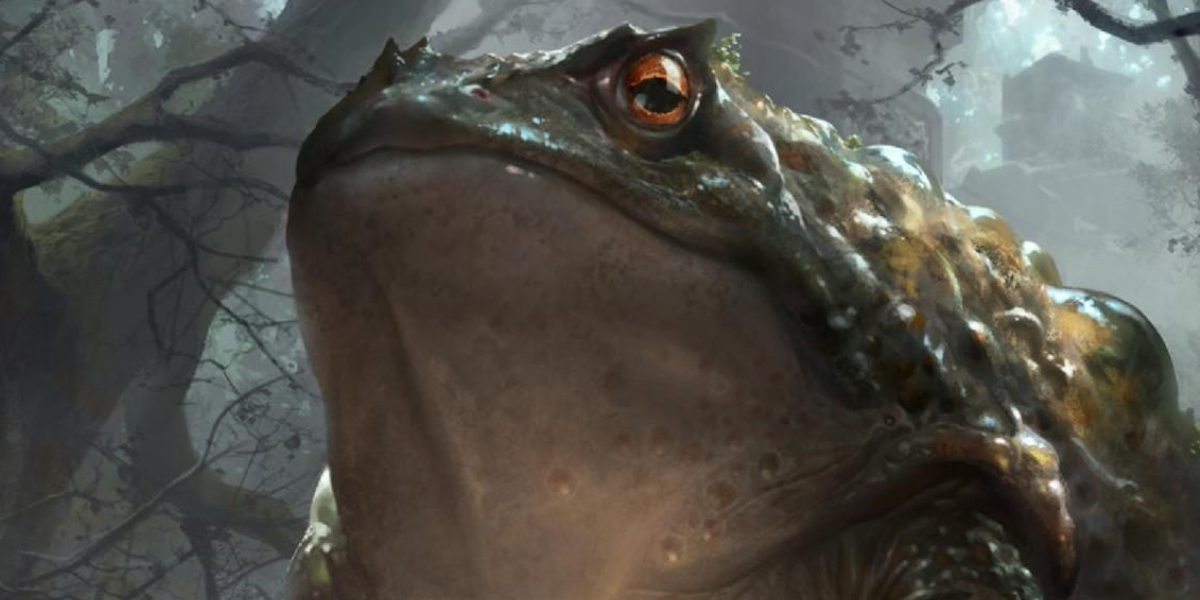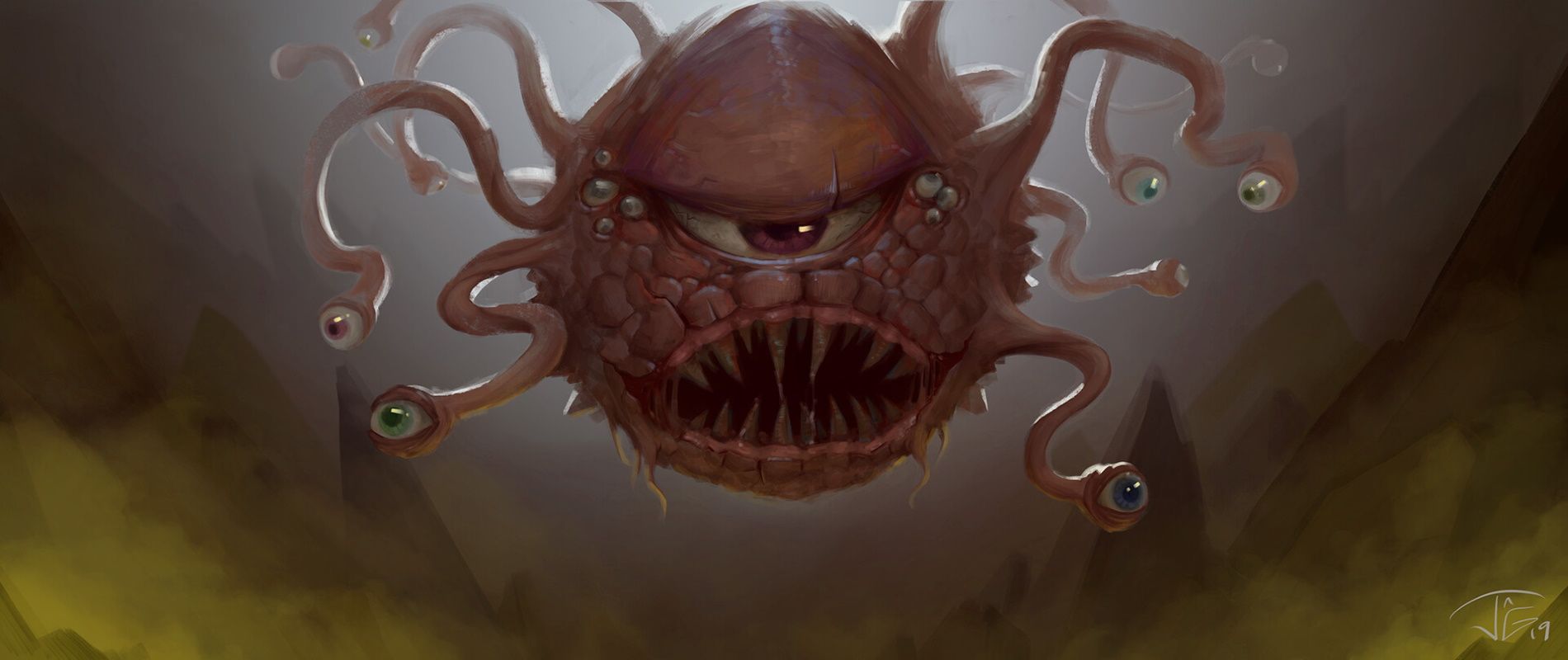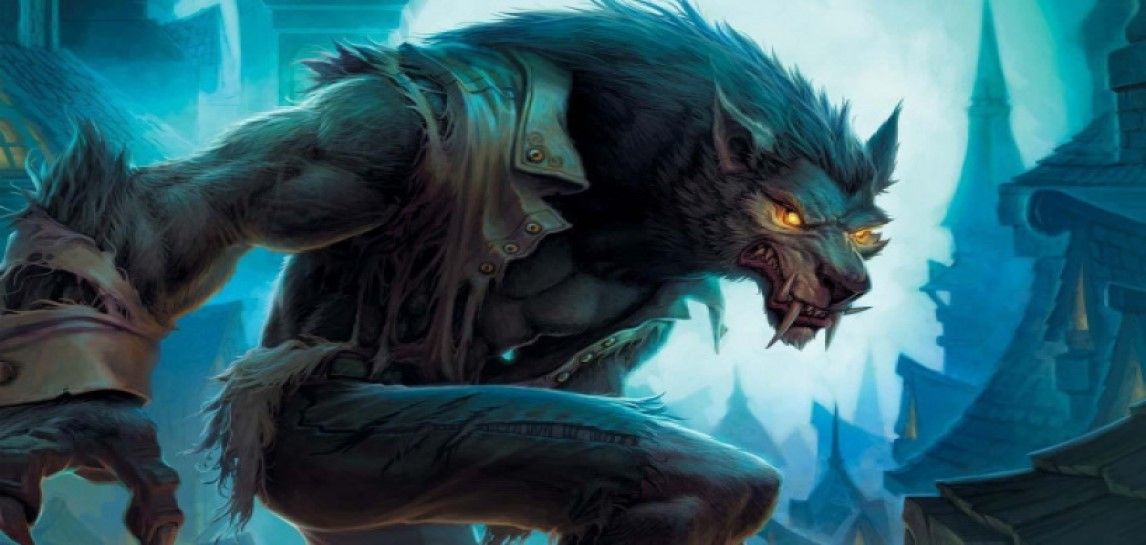Many Dungeon Masters love putting their own creativity and inventiveness into crafting a great homebrew campaign for Dungeons & Dragons, but filling in some of the details isn't easy. You may have a great idea for an epic story with detailed cityscapes and vast cultures all written out, but eventually your players will need to get down to the nitty gritty of an actual session.
As a campaign goes on, it can get difficult to keep finding interesting monsters to throw at your players. That's why you need to know how to look to find the right creatures to pit your players against.
The official Dungeons & Dragons handbook's bestiary can be a little overwhelming to new DMs, and the more that gets added to it, the more overwhelming it becomes. All of those choices are provided to help stoke the fires of imagination rather than to smother you with too many options, so it's important to remember that they are a resource more than anything. It's crucial in this and in other areas to take things one session at a time -- there is no rush to pit your players against against every single monster they can face, and there's nothing wrong with using the same monster twice.
The standard go-to choices that beginner players often go up against are cliches for a reason. Wolves, goblins and kobolds are all pretty standard level one fare because they make for basic and easy to understand monsters that feel out the mechanics of the game without delving in too deep. None have any major special abilities, and they're treated as common enough in most settings that it is easy enough to work them into any environment. There is no shame in resorting to those when it comes to feeling a session out or as quick and easy encounters to throw at the players. However, over time, DMs will have to start getting creative to keep everyone's interest.
That is the stage where it becomes easy to get overwhelmed with options, and particularly the question of game balance can paralyze DMs hesitant to throw a threat too severe at their players but never really sure how severe a threat a monster is until the players fight it. The trick is to push all of those concerns aside and remember that the story takes precedent above all else. Whatever makes for the most entertaining story and the most engaging playtime can work out any mechanical kinks in the gameplay itself. To that end, it's important to concern yourself less with balance and more with environment.
The real trick to picking the perfect monsters for an encounter is to narrow down your options according to what environments they typically inhabit. This is where online resources are particularly great, as they often offer search filters by various metrics that can help DMs cull through less desirable options. Whereas generic creatures like wolves or goblins can seemingly fit anywhere, what ends up being most engaging for players are monsters which conform perfectly to the setting.
Are the players in an arctic setting? Pit them against ice mephits, mammoths or a yeti. What about a swamp? Then beset the players with swarms of centipedes, or green hags or a will-o'-the-wisp amidst a foggy bog. Even in settings where a DM feels they've run through most of the environmental monsters they have available, it's best to flavor other creatures for the setting. An generic monster like an owlbear becomes more exciting in an arctic setting when it's flavored as half polar bear and half snowy owl. An undead zombie could harass the players anywhere, but if it rises from the swamplands constructed of shredded snake skin, it caters more specifically to the story at hand.
Ultimately, the purpose of a truly great game is to tell a fun and engaging story that draws in the players. Combat encounters should service the story above all else, and when that focus is made primary to monster selection, the entire experience becomes better for it. Knowing how to look is half the struggle, but once you start looking in just the right way, the process isn't a struggle at all.



